 1984 Volkswagen Jetta II (2-doors) Dimensions, Size & Specs
1984 Volkswagen Jetta II (2-doors) Dimensions, Size & SpecsMeasurements of the 1984 Volkswagen Jetta II, engineered for optimal performance and comfort
| Dimensions | |
|---|---|
| Length: | 4385 mm172.6 in14.4 ft |
| Width: | 1675 mm65.9 in5.5 ft |
| Height: | 1415 mm55.7 in4.6 ft |
| Trunk Capacity: | 575 liter20.3 cu ft |
| Weight Specifications | |
| Curb Weight: | 875-955 kg1929-2105 lbs |
| Maximal permitted Weight: | 1400-1470 kg3086-3241 lbs |
| Tire Specifications | |
| Rims Size: |
|
| Tire Size: |
|
The Volkswagen Jetta II (2-doors) is a compact sedan produced from 1983 to 1987, with the 1984 model year representing this generation's early phase. Designed as a practical and efficient vehicle, the Jetta II features a length of 4385 mm (172.6 inches), a width of 1675 mm (65.9 inches), and a height of 1415 mm (55.7 inches). This size positions it comfortably among compact sedans of its era, offering manageable dimensions for urban driving and parking.
Weighing between 875 and 955 kilograms (1929 to 2104 pounds) curb weight, the Jetta II maintains a lightweight footprint which contributes to its fuel efficiency and nimble handling dynamics. Its maximum weight ranges from 1400 to 1470 kilograms (3086 to 3241 pounds), accommodating passengers and cargo effectively.
A standout feature for a car in this segment during the 1980s was its relatively large luggage capacity of 575 liters (20.3 cubic feet), providing ample space for travel and daily needs. The car rides on 13-inch rims equipped with 175/70 R13 tires, balancing comfort and road grip efficiently.
The 2-door configuration of the Jetta II offered a sportier, more streamlined aesthetic compared to the 4-door variant while retaining the practicality expected from the Volkswagen brand. Overall, the Volkswagen Jetta II (2-doors) 1984 combines compact external dimensions with a surprisingly spacious interior and trunk volume, making it an attractive choice for drivers seeking efficiency, style, and convenience in a small sedan format.
Discover the standout features that make the 1984 Volkswagen Jetta II a leader in its class
Have a question? Please check our knowledgebase first.
The Volkswagen Jetta II 2-door sedan, produced between 1983 and 1987, features a compact yet practical size. Its length measures 4385 mm (approximately 172.6 inches), width is 1675 mm (around 65.9 inches), and the height stands at 1415 mm (55.7 inches). These dimensions contribute to the car's nimble handling and ease of maneuverability in urban environments while offering sufficient interior space for passengers.
The curb weight of the Volkswagen Jetta II ranges from 875 kg to 955 kg (about 1929 to 2104 lbs), depending on the specific trim and configuration. The maximum allowable weight, which includes passengers, cargo, and fuel, varies between 1400 kg and 1470 kg (approx. 3086 to 3241 lbs). This lightweight nature enhances fuel efficiency and driving dynamics while providing good load capacity for its class.
The Volkswagen Jetta II offers a generous luggage capacity of 575 liters (around 20.3 cubic feet). This large trunk volume is impressive for a compact sedan of its era and provides ample space for suitcases, groceries, or other cargo, making it practical for daily use and longer trips.
This generation of the Volkswagen Jetta comes equipped with 13-inch rims paired with tire sizes of 175/70 R13. These specifications contribute to a comfortable ride quality and suitable road grip, balancing performance and ride comfort typical of early 1980s compact sedans.
Yes, the Volkswagen Jetta II is well-suited to fit inside a standard home garage. With a length of 4385 mm (172.6 inches) and a width of 1675 mm (65.9 inches), it comfortably maneuvers within the typical garage dimensions, which are usually around 6 meters (about 20 feet) deep and 3 meters (roughly 10 feet) wide, allowing sufficient room for opening doors and storage around the vehicle.
Compared to its predecessor, the first-generation Jetta, the Jetta II saw a modest increase in overall size. The length increased slightly to 4385 mm from around 4290 mm, and the width was expanded to 1675 mm from approximately 1620 mm. These dimensional enhancements provided improved interior space, particularly in rear seat legroom and trunk capacity, enhancing comfort and practicality without compromising the car's compact nature.
The Volkswagen Jetta II stood out among its peers, like the Toyota Corolla or Honda Civic of the same era, by offering slightly larger dimensions, particularly in length and trunk volume. For example, its 575-liter trunk capacity was above average for compact sedans of the time, providing a notable advantage in cargo space. Width and height remained competitive, making the Jetta II a balanced choice for buyers valuing both passenger comfort and cargo versatility.
The Volkswagen Jetta II was primarily offered as a two-door sedan model, emphasizing a sporty yet practical design. While other global markets occasionally received different body styles, the 2-door sedan was the main configuration, combining a compact footprint with a spacious and well-appointed cabin for its category.
With a curb weight between 875 and 955 kg (1929 to 2104 lbs), the Volkswagen Jetta II benefits from relatively light mass for a sedan, contributing positively to its acceleration, braking, and handling characteristics. The lighter weight also enhanced fuel efficiency, making it an economical choice at a time when fuel economy was gaining importance. The maximum weight limit ensured safety and stability without overburdening the chassis.
The height of the Volkswagen Jetta II is 1415 mm (55.7 inches), providing a low and sleek profile that supports effective aerodynamics, enhancing fuel efficiency and reducing wind noise at highway speeds. Internally, this height strikes a balance between offering enough headroom for average-sized adults and maintaining a sporty sedan silhouette. The lower roofline also contributes to a more engaging driving experience with a lower center of gravity.
Discover similar sized cars.

| Production: | 1990-1997 |
|---|---|
| Model Year: | 1990 |
| Length: | 4400-4430 mm173.2-174.4 in |
| Width: | 1700-1715 mm66.9-67.5 in |
| Height: | 1390-1410 mm54.7-55.5 in |
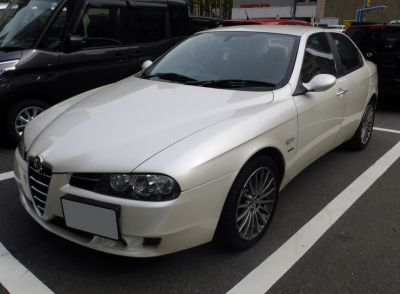
| Production: | 2003-2006 |
|---|---|
| Model Year: | 2003 |
| Length: | 4435 mm174.6 in |
| Width: | 1745 mm68.7 in |
| Height: | 1430 mm56.3 in |
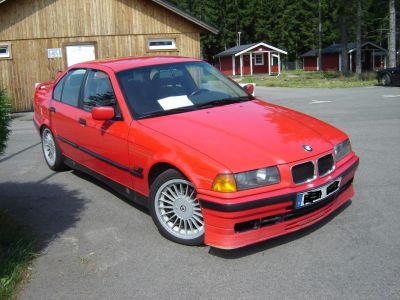
| Production: | 1992-1993 |
|---|---|
| Model Year: | 1992 |
| Length: | 4325 mm170.3 in |
| Width: | 1645 mm64.8 in |
| Height: | 1370 mm53.9 in |

| Production: | 1998-2005 |
|---|---|
| Model Year: | 1998 |
| Length: | 4400 mm173.2 in |
| Width: | 1720 mm67.7 in |
| Height: | 1410 mm55.5 in |
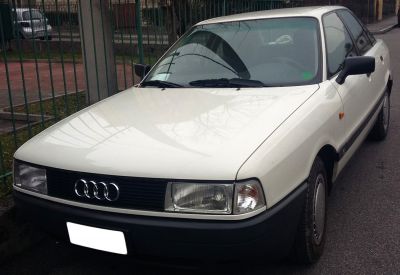
| Production: | 1986-1991 |
|---|---|
| Model Year: | 1986 |
| Length: | 4393 mm173.0 in |
| Width: | 1695 mm66.7 in |
| Height: | 1397 mm55.0 in |
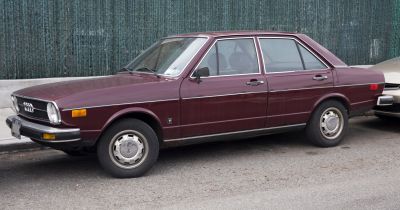
| Production: | 1973-1979 |
|---|---|
| Model Year: | 1973 |
| Length: | 4369 mm172.0 in |
| Width: | 1643 mm64.7 in |
| Height: | 1361 mm53.6 in |

| Production: | 1999-2005 |
|---|---|
| Model Year: | 1999 |
| Length: | 4466 mm175.8 in |
| Width: | 1743 mm68.6 in |
| Height: | 1462 mm57.6 in |
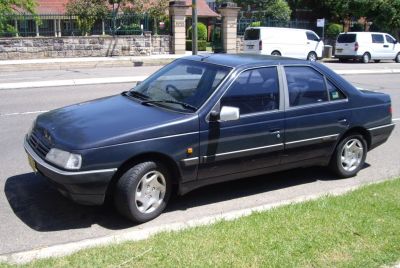
| Production: | 1992-1996 |
|---|---|
| Model Year: | 1992 |
| Length: | 4408 mm173.5 in |
| Width: | 1694-1714 mm66.7-67.5 in |
| Height: | 1390-1406 mm54.7-55.4 in |
